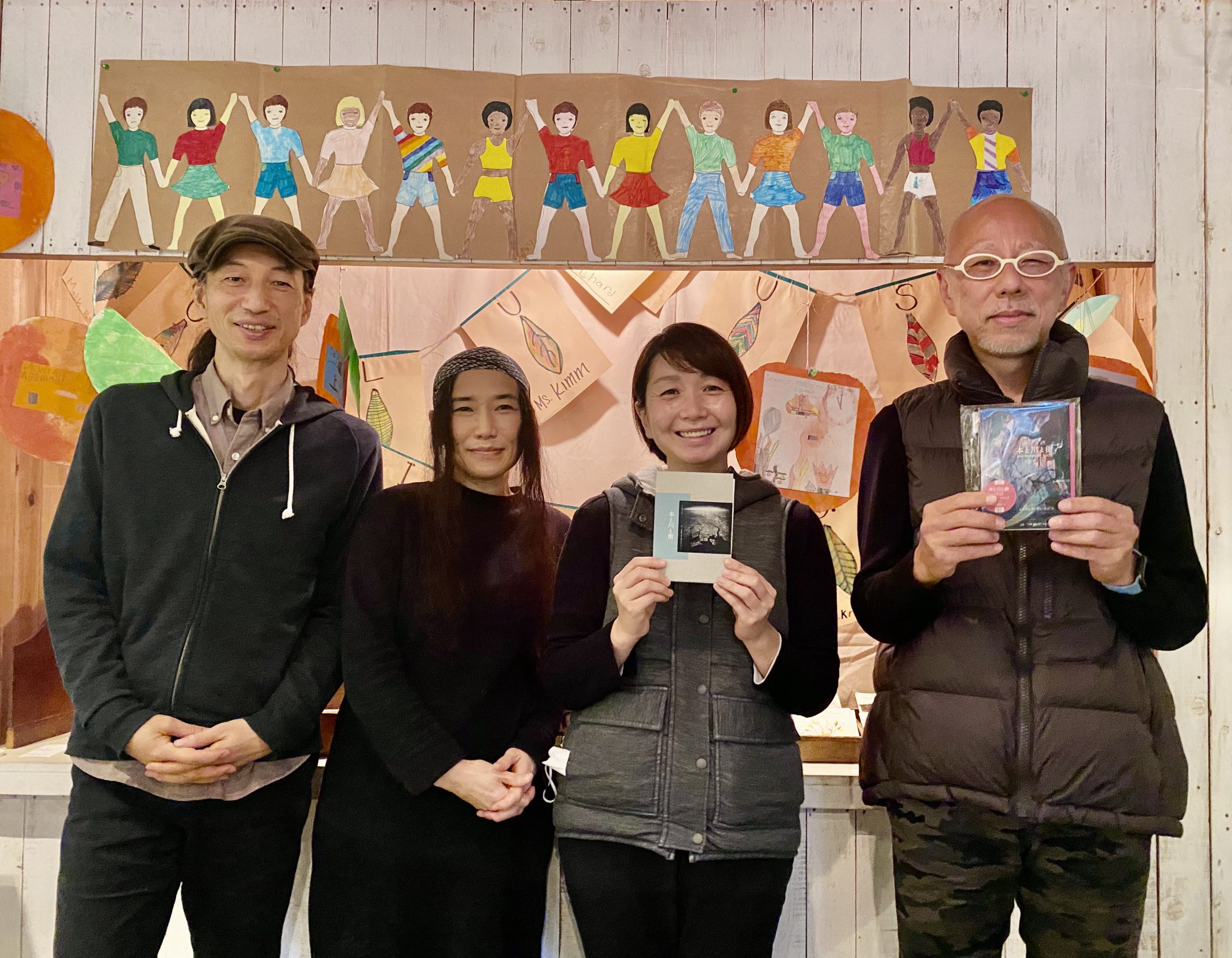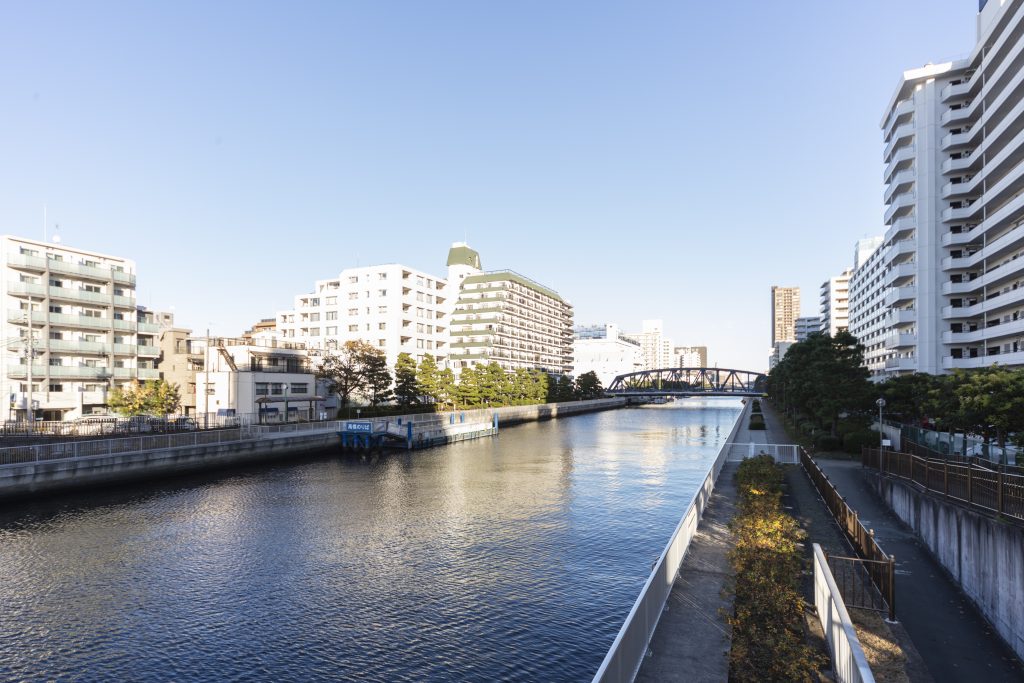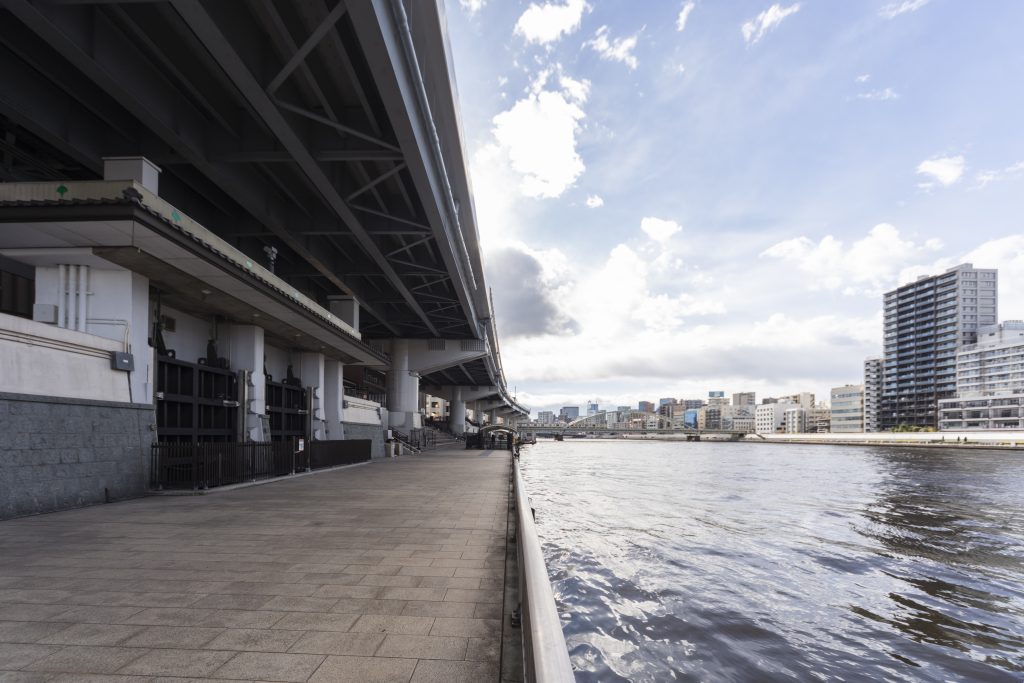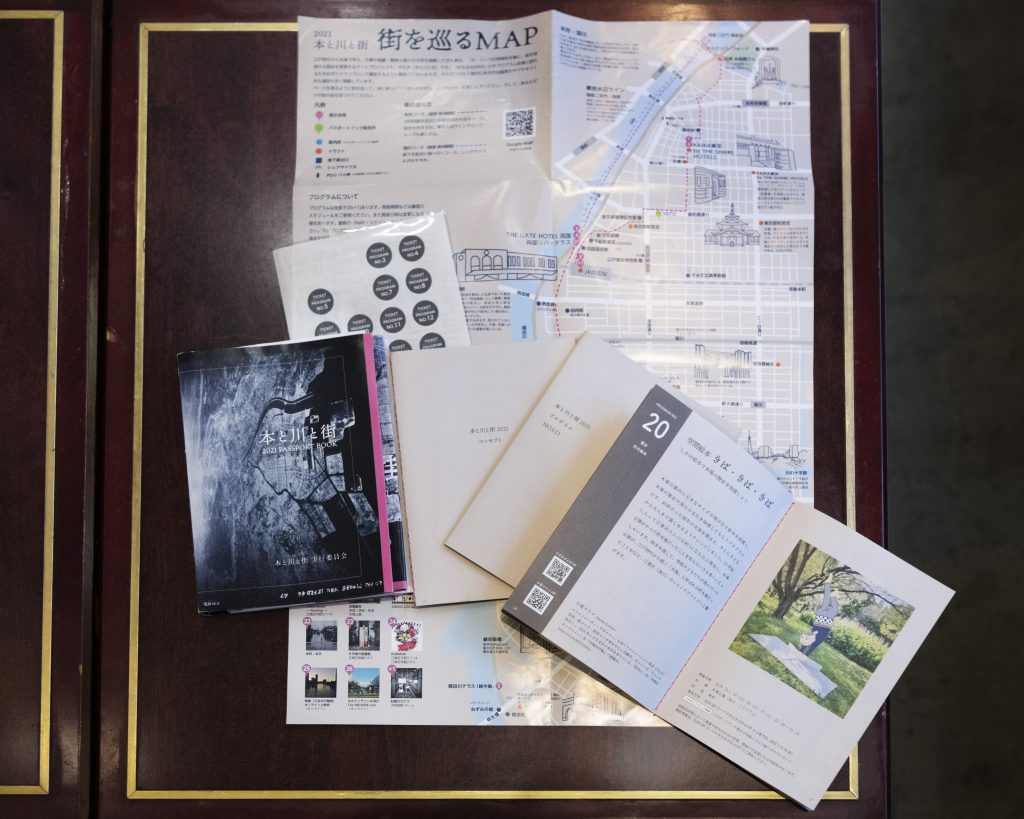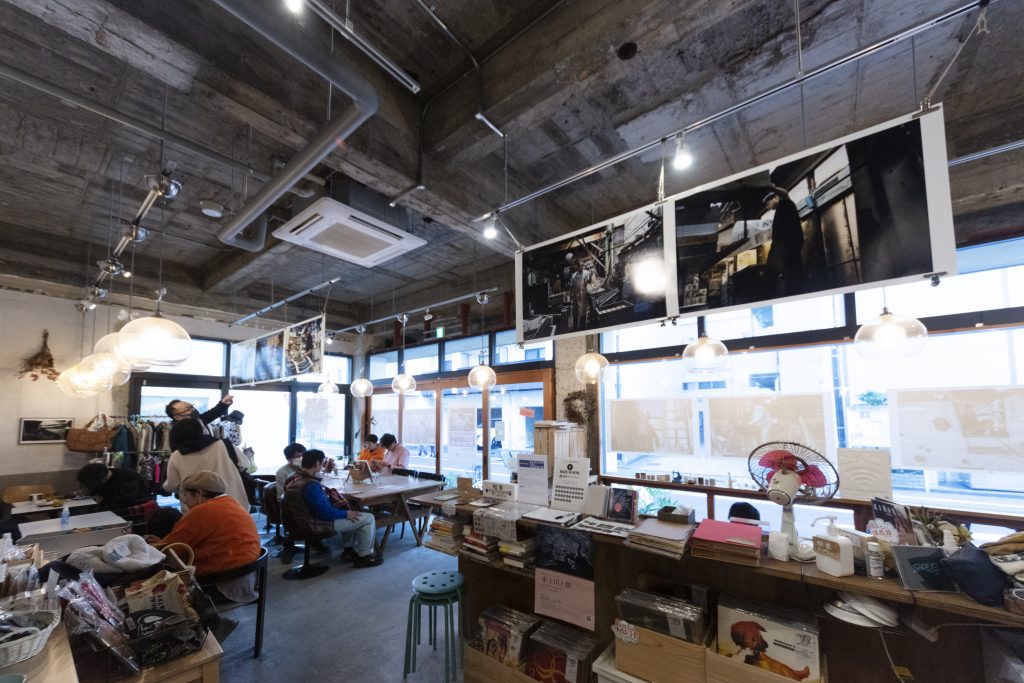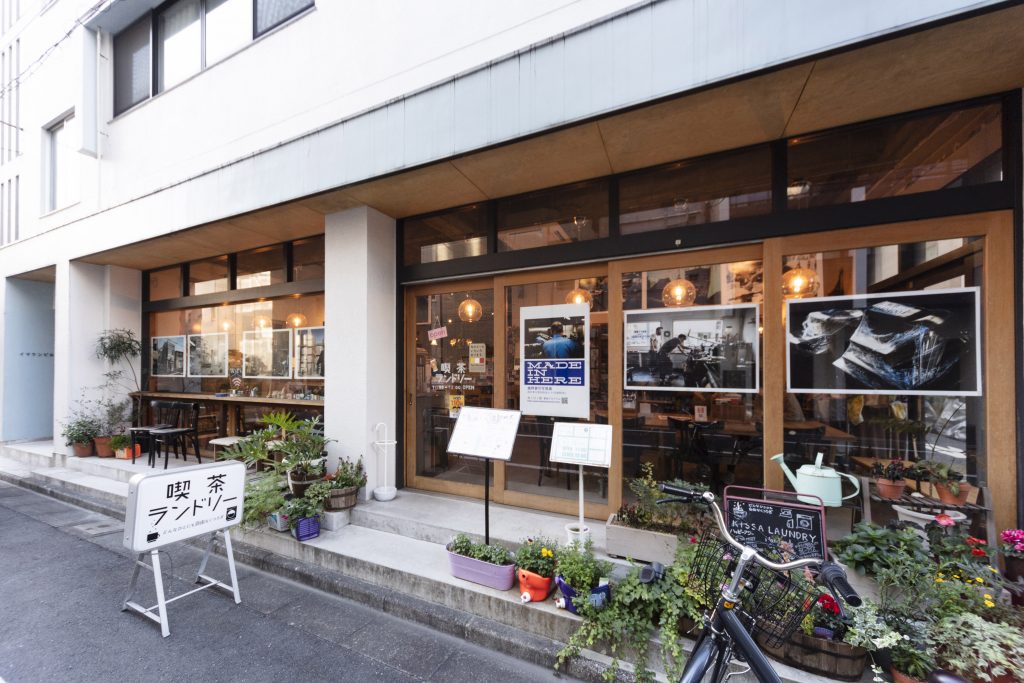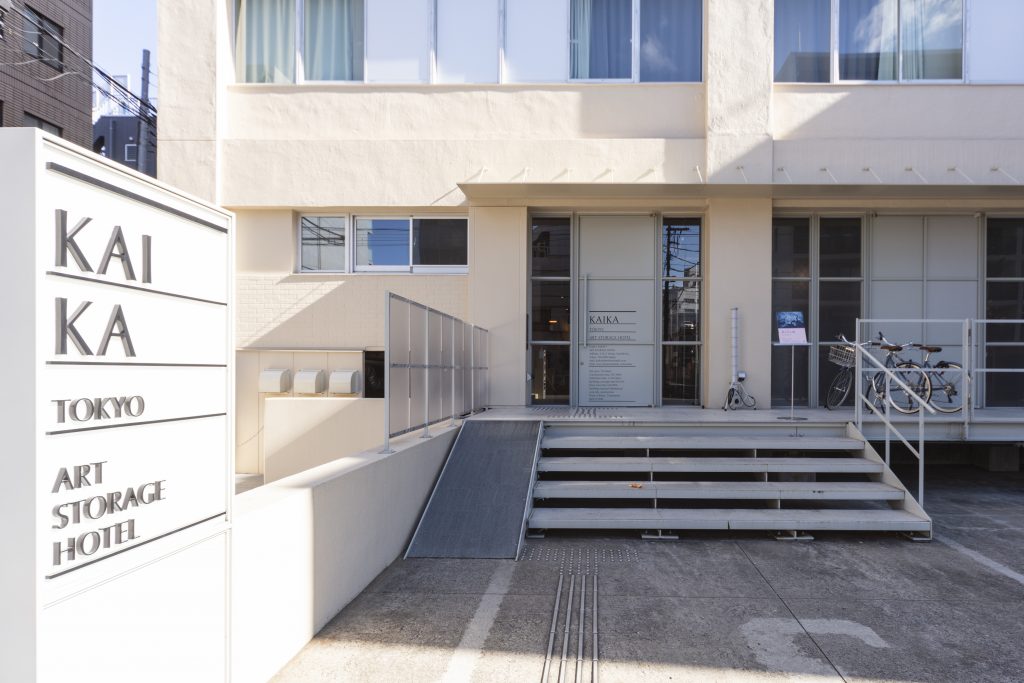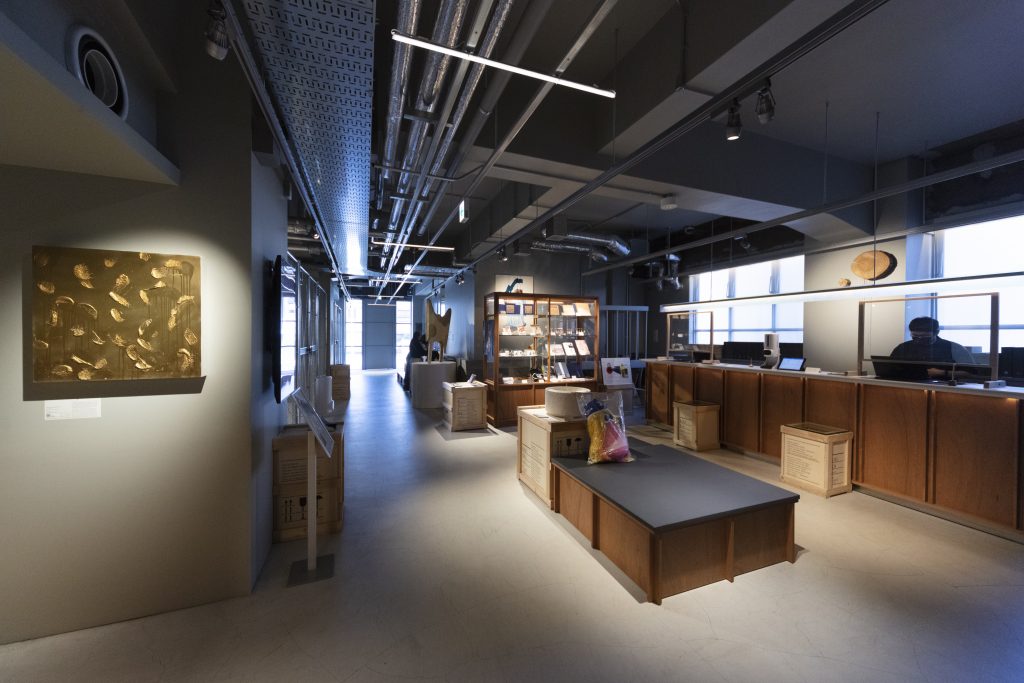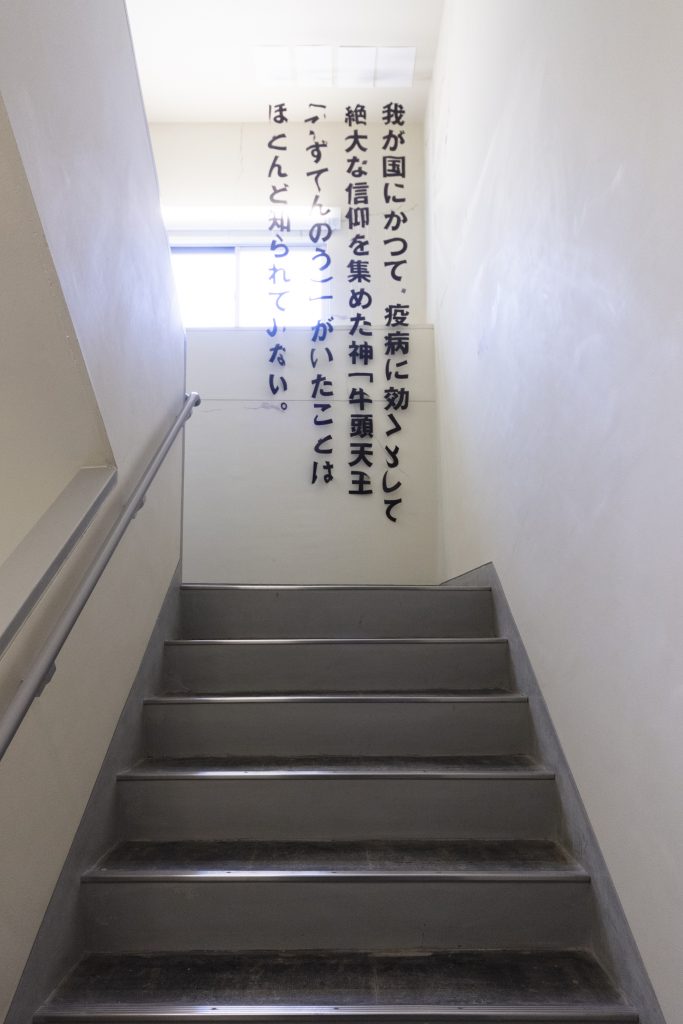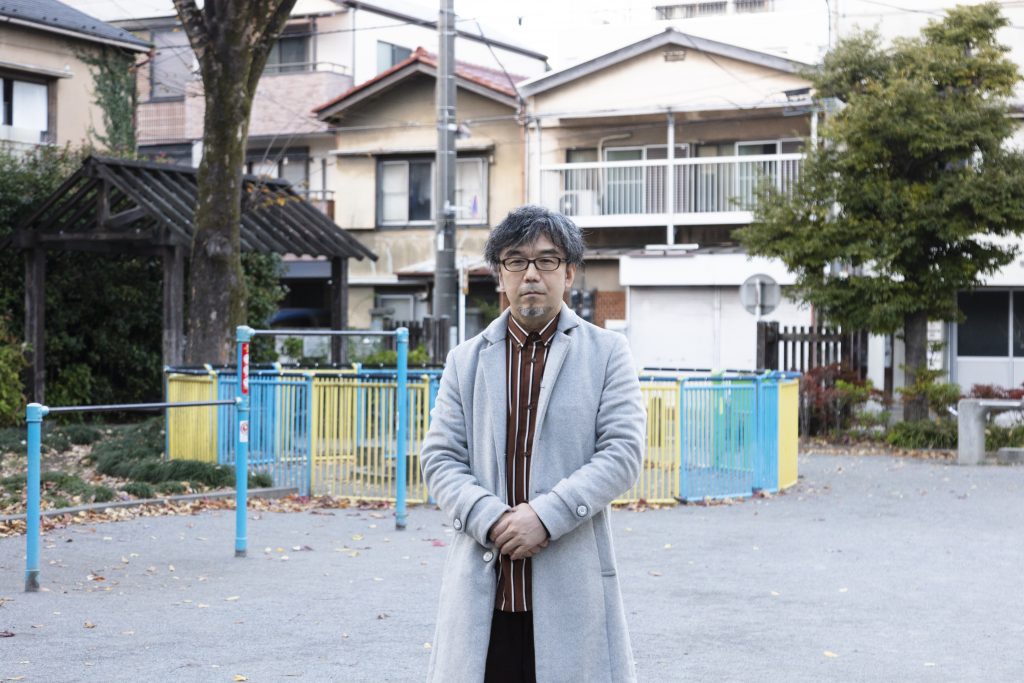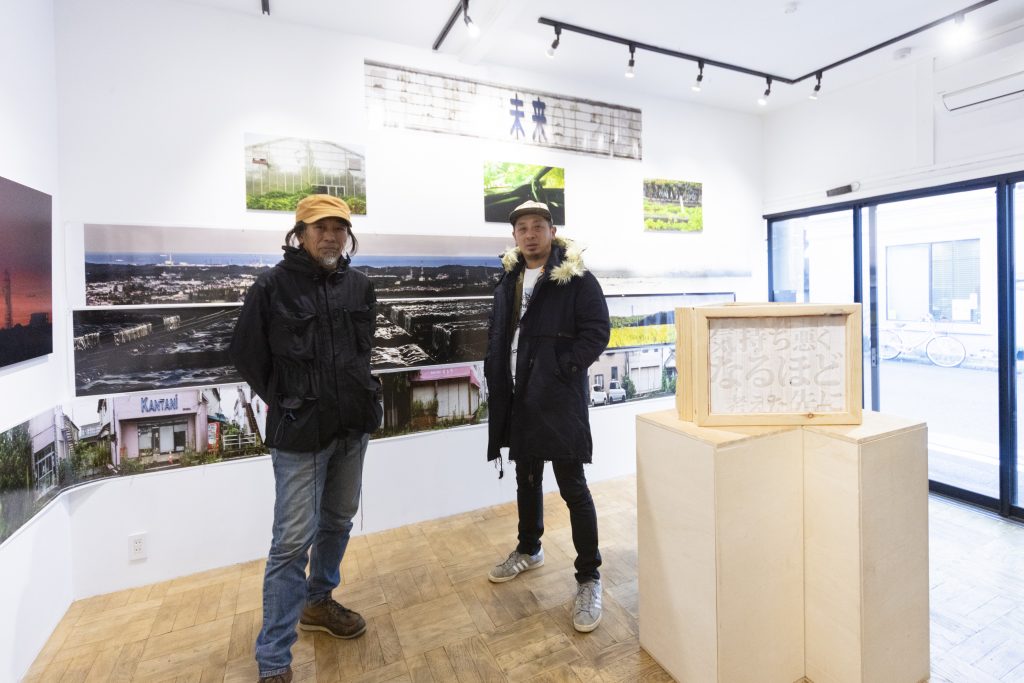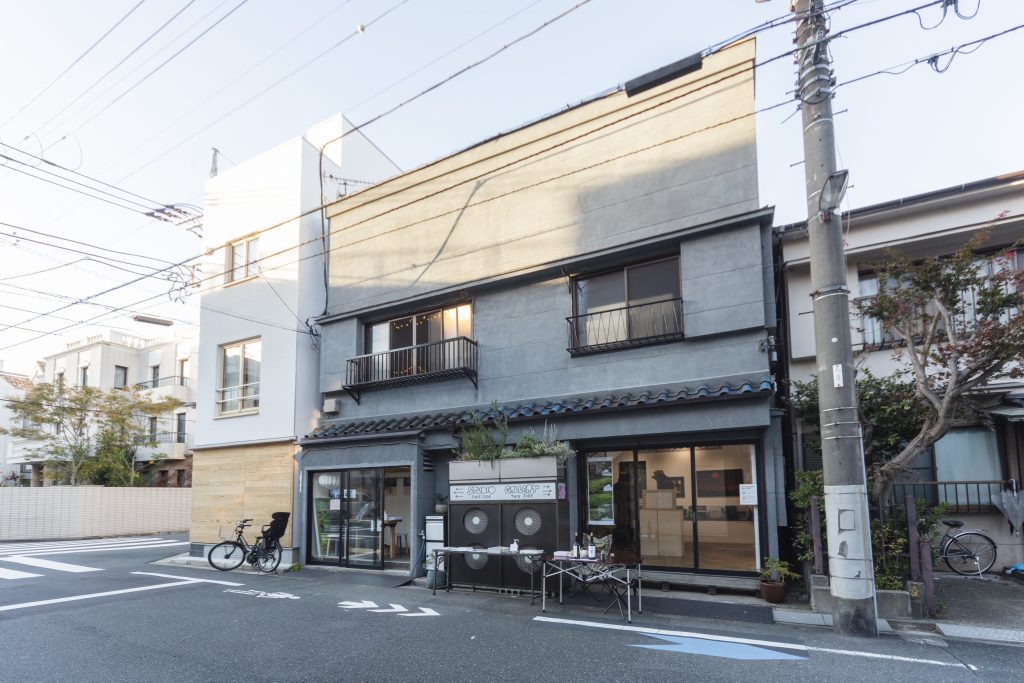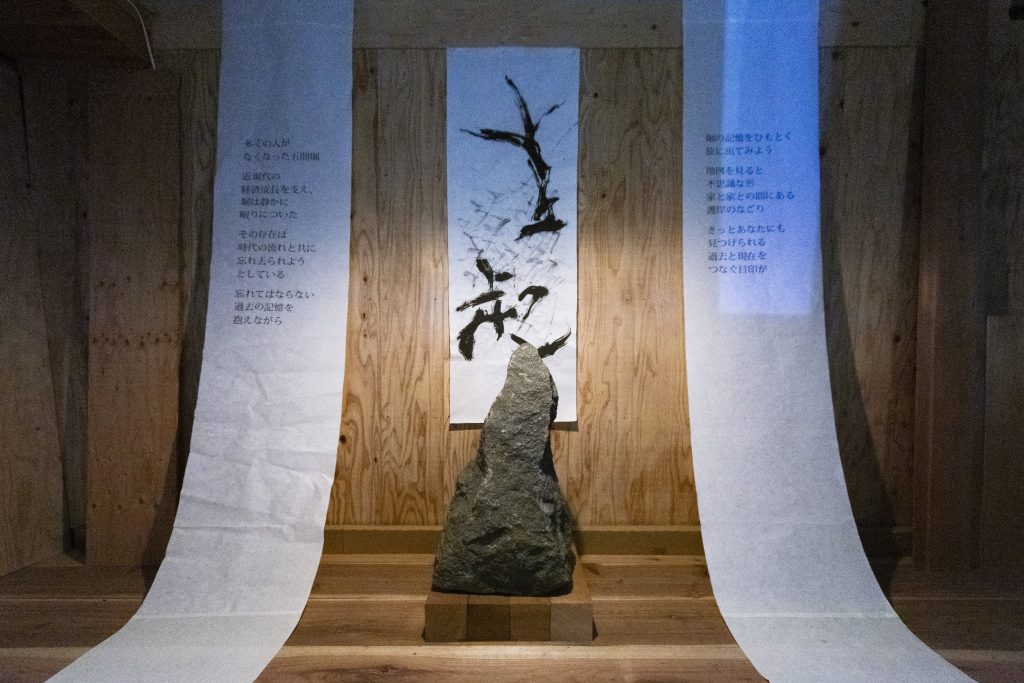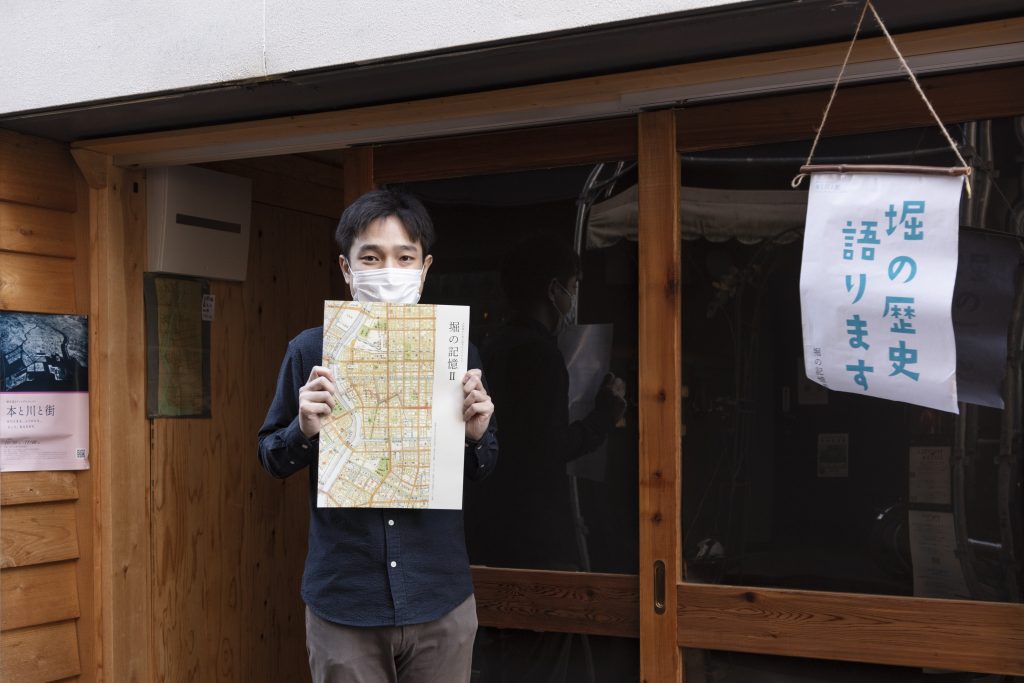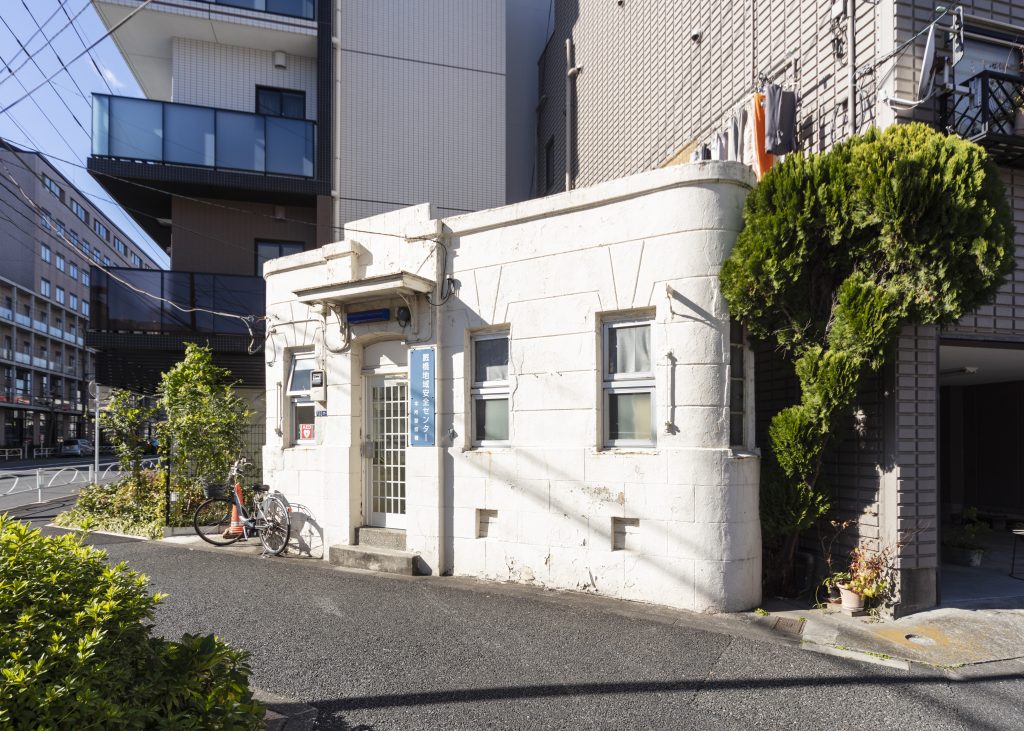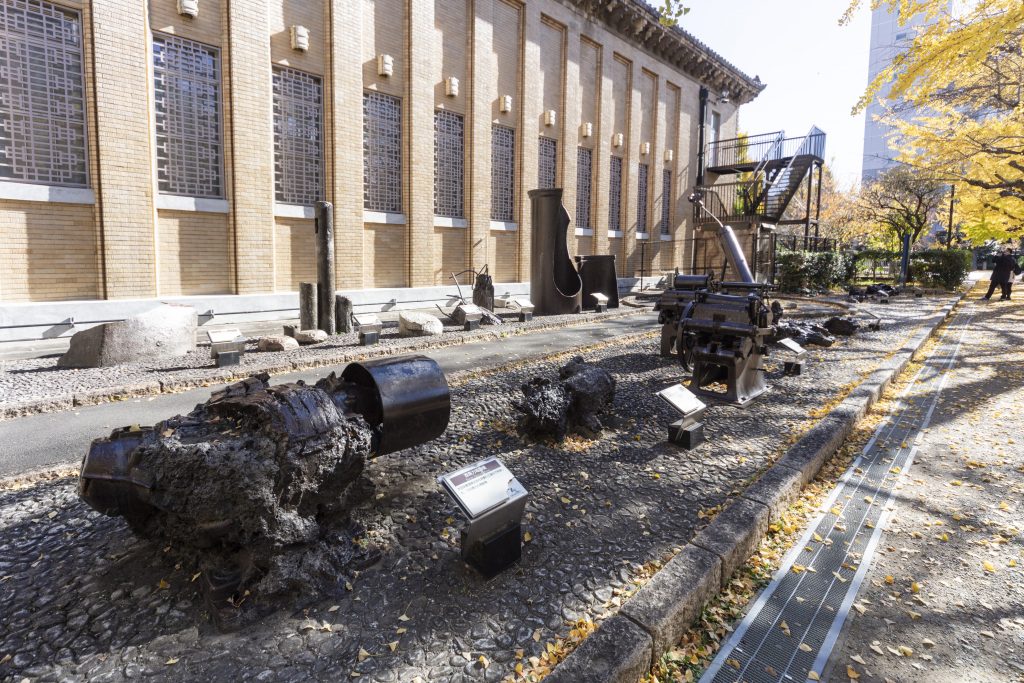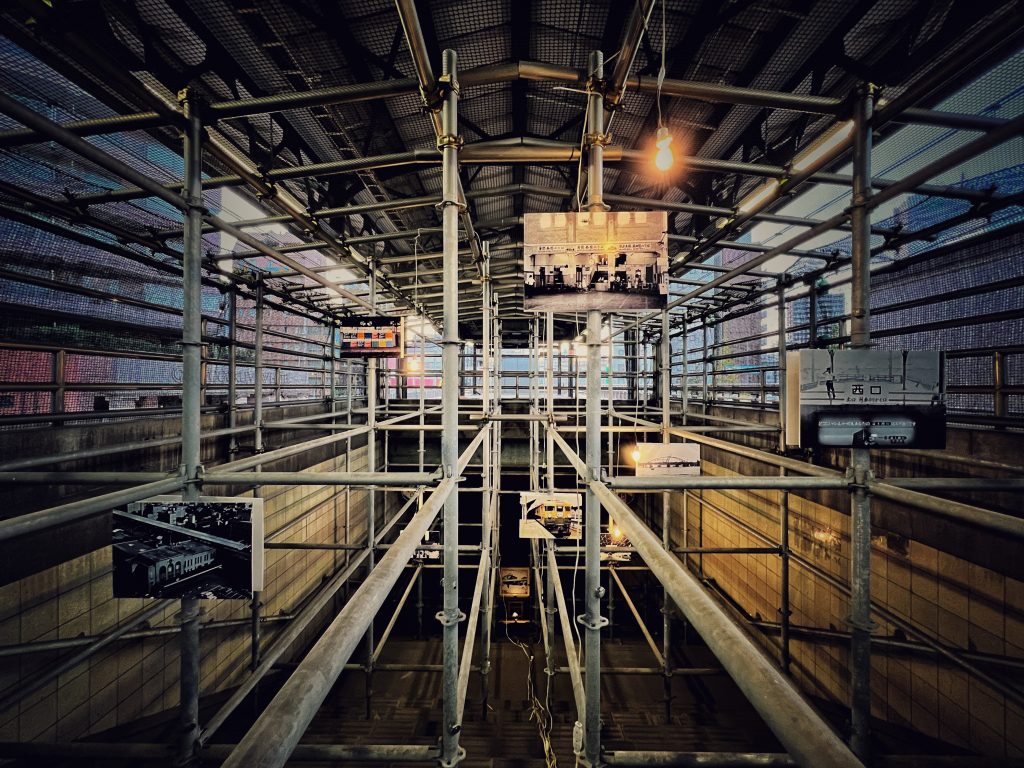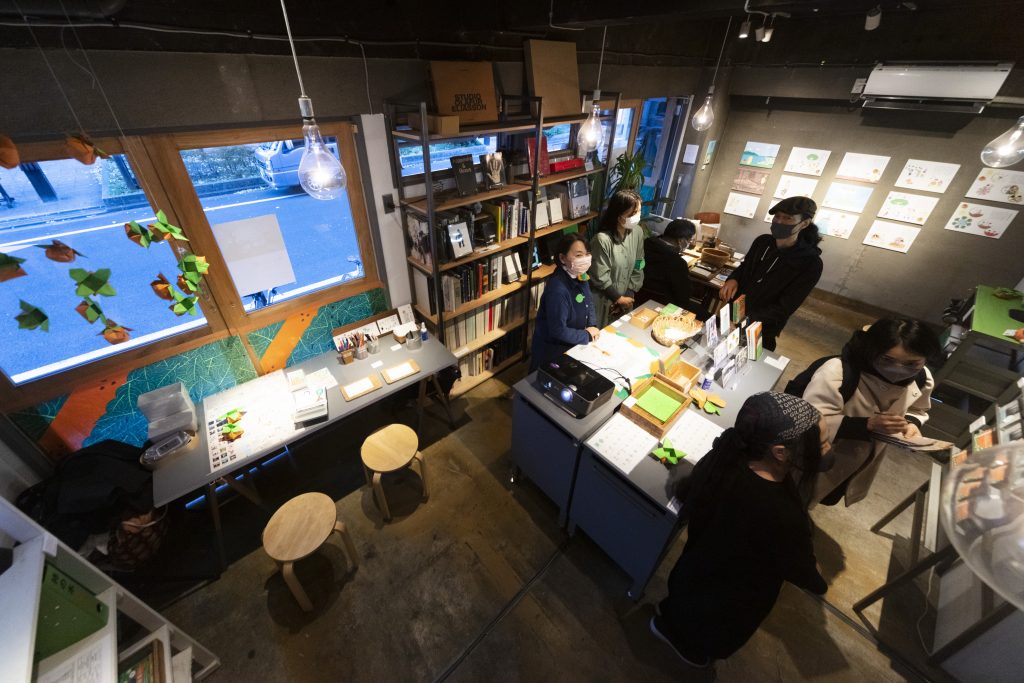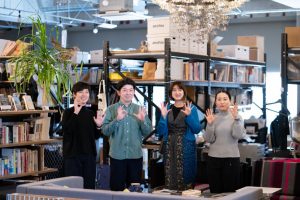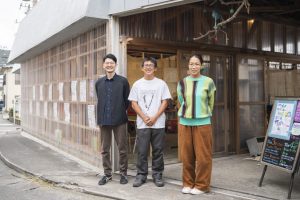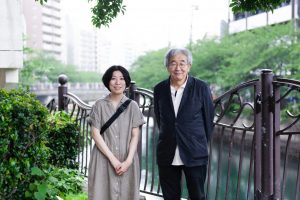“Books, rivers, and towns are like memory devices that contain various histories, cultures, and thoughts of people.” As stated in the concept statement on the official website, “Books, Rivers, and Towns,” themed on “memory,” this is an art project that takes visitors on a tour of the river town with a book in hand. In 2021, the event was held from October 30 to November 28, with programs scattered over an area of about 5 km from Honjo-azumabashi Station in the north to Monzen-nakacho Station in the south. Twenty-eight programs were held with a variety of themes and fields, including cruises with rakugo and music on board, observation tours to trace the waterways of the past, an exhibition of works based on local ghost stories, and a photo exhibition of factories in downtown Tokyo.
Each visitor uses a “book” as a passport to guide them in the “town,” through which the “river” once carried goods and people. The book contains a map that describes not only spots where the program is being held, but also historical remains, museums, and other important places related to the memory of the community. This allows visitors to enjoy walking around the town and experiencing programs with regional and historical themes, thereby naturally coming into contact with the “memories” of the town.
The event is organized by the Books, Rivers, and Towns Executive Committee. This is a voluntary organization run chiefly by four members, Masayoshi Iwata, as the chairperson, and board members of Fumiko Ikeda, Hisakazu Goto, and Kaoru Ito. It started with the TOKYO ART BOOK FAIR (TABF), which has been held at the Museum of Contemporary Art Tokyo since 2019. In 2020, the museum, which until then had been developing art projects in the Kiyosumi Shirakawa area, asked Ms. Ito, who had previously helped the museum’s projects, if it could hold an event in the area in collaboration with TABF. Ms. Ito approached Mr. Iwata, who had been holding local events such as a marché at the Sumidagawa Terrace, and Ms. Ikeda and Mr. Goto of the gift_ design unit, which has their studio with a store and gallery in Kiyosumi Shirakawa.
While working as a web designer, Mr. Iwata also led a volunteer team and worked in the community.
“I was thinking about doing an art project when Ms. Ito approached me. This area has prospered from water transportation since the Edo Period. The waterfront was an important resource for people living here. They overcame the two major challenges of the Great Kanto Earthquake and the Tokyo Air Raid to make it what it is today. I wanted to dig up this history. I started by writing a kind of concept statement on the theme of “memory.” “Books,” “rivers, and “towns” were among the key words in the text. These naturally became the title of the project through discussions among the four members.


